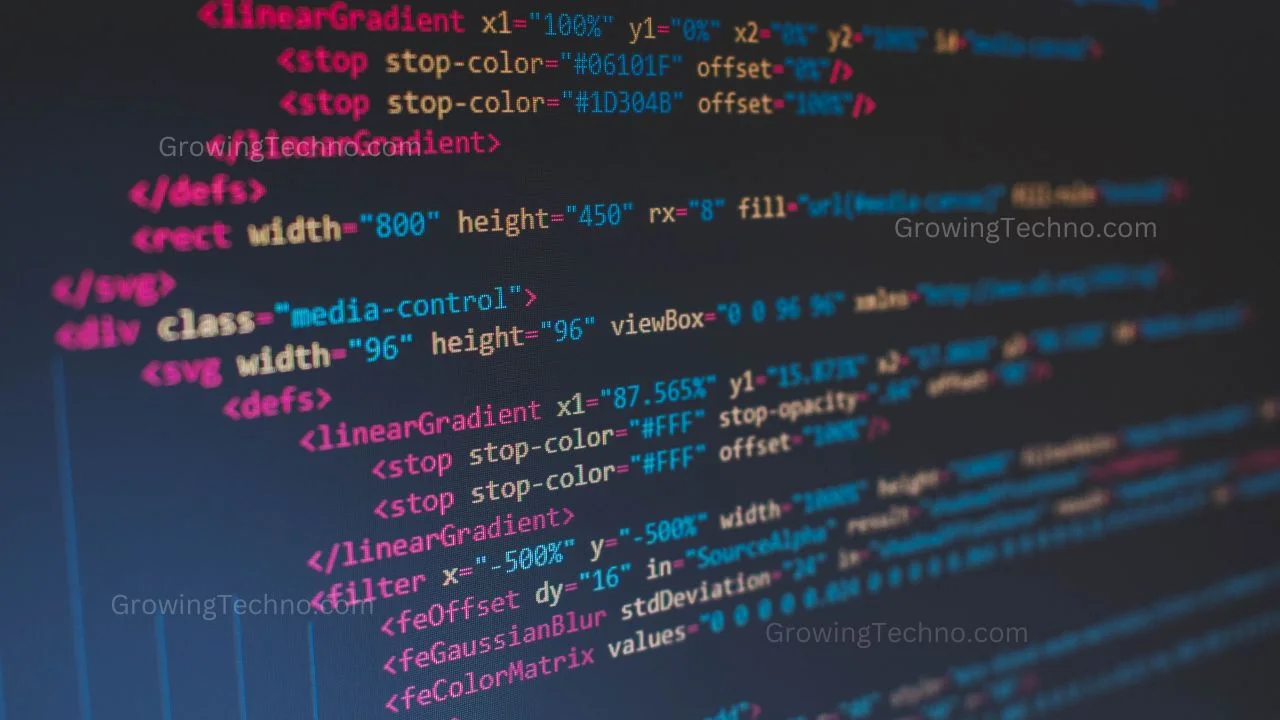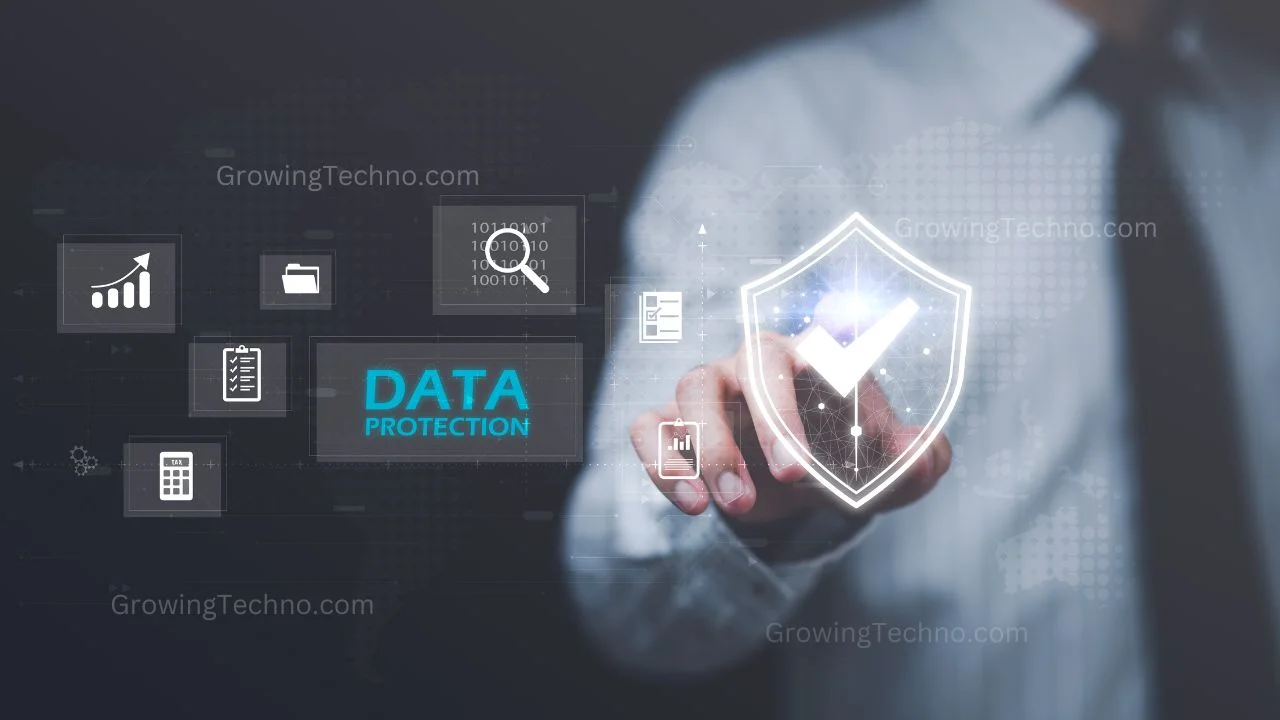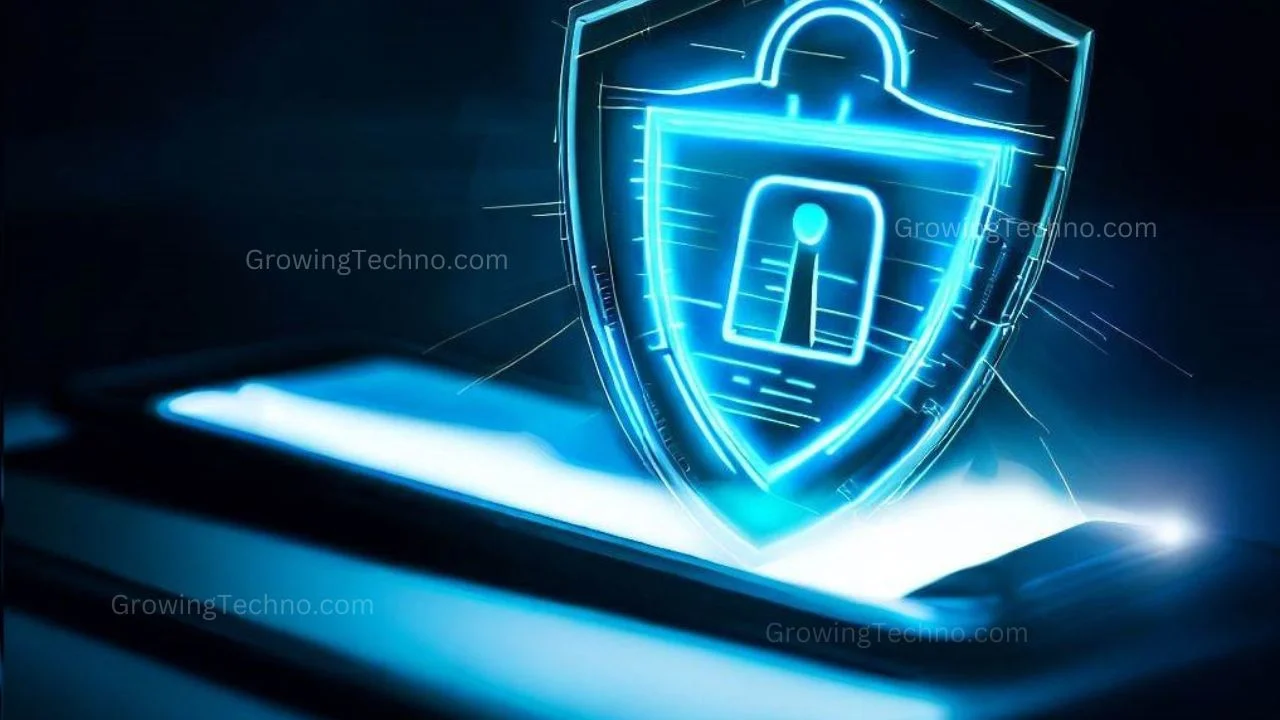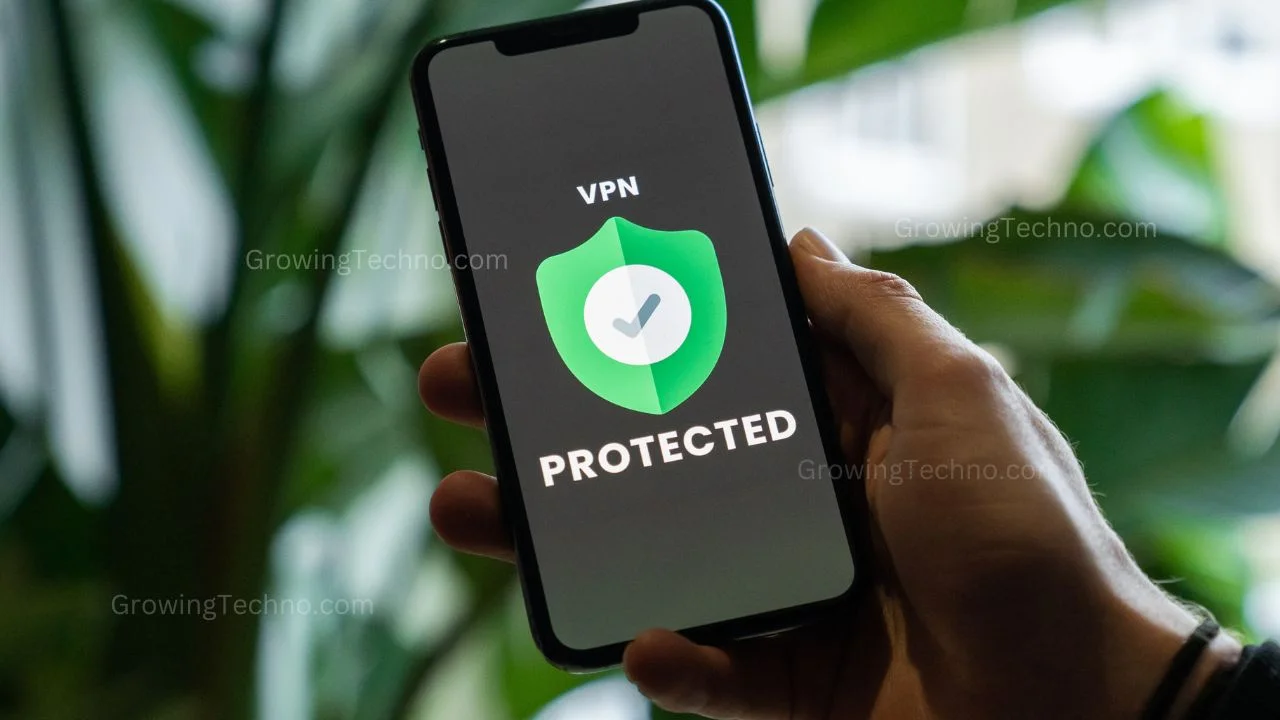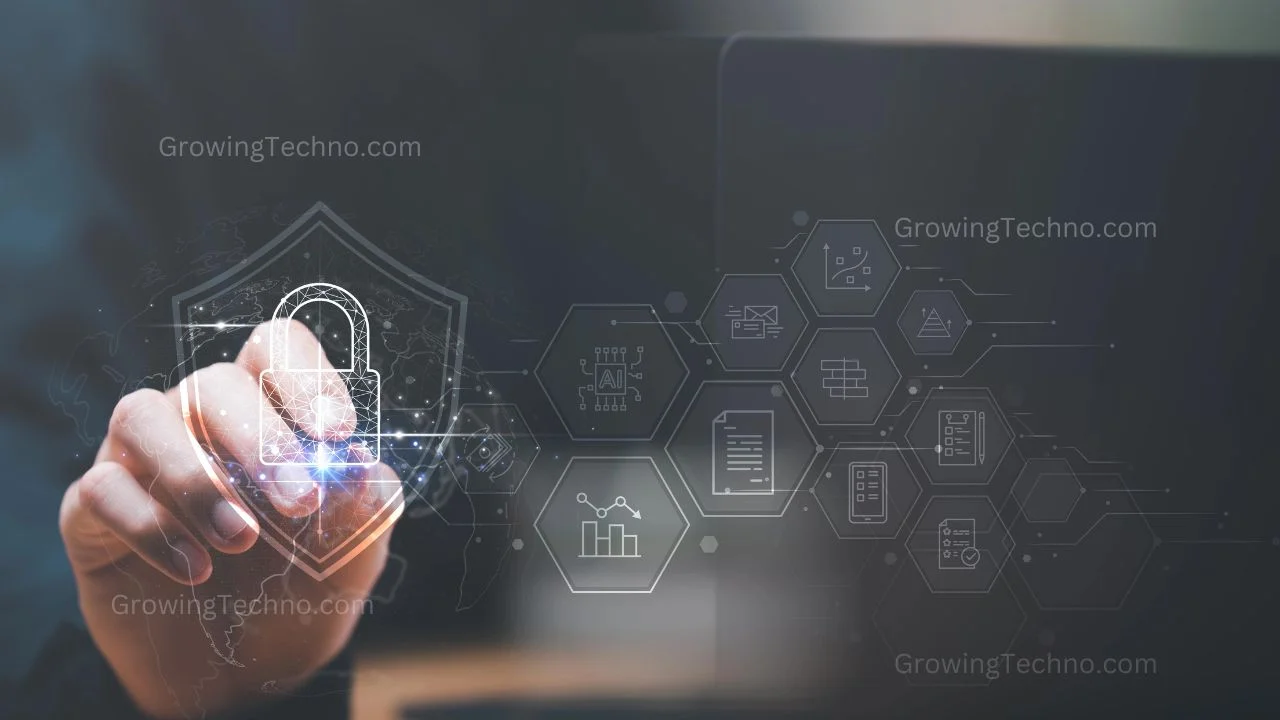
In the ever-evolving realm of software development and IT operations, the rise of containerization, spearheaded by technologies like Docker and Kubernetes, has ushered in a new era of flexibility and efficiency. Containers allow applications to run consistently across various environments, making it easier to deploy and scale. However, with great power comes great responsibility, and the need for robust security measures within containerized environments has become paramount.
Traditional security practices often struggle to keep pace with the rapid deployment and dynamic nature of containers. This is where the synergy between security and DevOps (often referred to as DevSecOps) becomes crucial. In this article, we explore why security and DevOps must come together to protect containerized environments effectively.
The Containerization Revolution
Before we delve into the imperative for security and DevOps collaboration, let’s grasp the significance of containerization. Containers, lightweight and portable application units, encapsulate all dependencies and configurations needed for an application to run. They have revolutionized software development by simplifying the deployment process, enabling developers to create applications that can seamlessly move between development, testing, and production environments.
This revolutionary approach to software deployment has led to faster development cycles and more efficient resource utilization. Yet, it also brings forth a unique set of challenges, especially concerning security.
The Need for Container Security
Containerization provides a standardized environment for applications, but it can also create security blind spots if not properly managed. Containers share the host operating system’s kernel, which can potentially expose vulnerabilities. This means that security measures must be integrated into the containerization process, from development through deployment.
DevOps: Speed Meets Development
DevOps is a set of practices that seeks to bridge the gap between software development (Dev) and IT operations (Ops). It emphasizes collaboration, communication, and automation to deliver applications and services efficiently.
In a DevOps culture, development and operations teams work closely together throughout the software development lifecycle (SDLC). This collaboration enables faster development cycles, continuous integration/continuous deployment (CI/CD) pipelines, and more reliable releases.

Security’s Role in DevOps
The term “DevSecOps” emphasizes the importance of security in the DevOps pipeline. It signifies a shift-left approach to security, meaning that security is integrated into the development process from the beginning rather than being bolted on afterward.
Why Security and DevOps Need to Unite
The adoption of containers accelerates the need for DevOps and security to join forces. Here are compelling reasons why this collaboration is essential:
- Early Vulnerability Detection: Integrating security into the DevOps pipeline allows for the early detection of vulnerabilities in container images and applications. Scanning container images during the build phase ensures that only secure images make their way into production.
- Continuous Security Monitoring: Security teams can implement continuous monitoring of containerized environments to detect and respond to threats in real-time. DevOps practices enable rapid response to security incidents, reducing potential damage.
- Compliance and Risk Mitigation: Many industries have stringent compliance requirements. Collaborative efforts between DevOps and security help ensure that containerized applications meet these requirements, reducing regulatory risks.
- Shift-Left Security: DevSecOps encourages a “shift-left” approach to security, where security practices are incorporated into the earliest stages of development. This proactive approach reduces the likelihood of vulnerabilities being introduced in the first place.
- Security as Code: Treating security configurations as code allows for version control, automation, and testing. This ensures that security policies are consistently applied across containerized environments.
Challenges to Overcome
While the benefits of integrating security into DevOps are clear, several challenges must be addressed for successful collaboration:
- Cultural Shift: Changing the organizational culture to prioritize security can be challenging. Both security and DevOps teams must be willing to adapt and embrace this new way of working.
- Skills Gap: Security professionals must acquire knowledge of DevOps practices, and DevOps teams need to understand security principles. Bridging this skills gap is crucial for effective collaboration.
- Tool Integration: Implementing security tools seamlessly into the DevOps pipeline can be complex. Ensuring that security measures do not disrupt the development workflow is essential.
- Complex Environments: Containerized environments can be highly dynamic and complex. Security tools and practices must adapt to these environments effectively.
Implementing Security in Containerized Environments
To implement security effectively in containerized environments within a DevOps framework, consider the following best practices:
- Image Scanning: Employ image scanning tools to identify vulnerabilities and enforce security policies during the build phase.
- Runtime Protection: Implement runtime security measures to monitor container behavior and detect anomalies or threats in real-time.
- Access Control: Implement strong access controls to ensure that only authorized users and containers can interact with sensitive resources.
- Configuration Management: Maintain consistent and secure configurations for container orchestration platforms like Kubernetes.
- Education and Training: Invest in training to bridge the skills gap between security and DevOps teams. Ensure that both teams understand the importance of security throughout the SDLC.
Transition: By adhering to these best practices…
Case Study: A Successful DevSecOps Implementation
Let’s examine a real-world example of how DevSecOps collaboration benefited an organization.
Company X, a rapidly growing tech startup, faced increasing security challenges as they scaled their containerized infrastructure. Frequent deployments and a dynamic environment made traditional security measures ineffective.
Company X successfully implemented DevSecOps practices by:
- Security Training: Providing security training for DevOps teams to enhance their awareness of security threats.
- Automation: Automating security checks and scans during the CI/CD pipeline, ensuring that vulnerabilities were identified early.
- Incident Response: Establishing an incident response plan that integrated both DevOps and security teams to address security incidents promptly.
- Monitoring: Implementing continuous monitoring and alerting to identify suspicious activities within containerized environments.
Future Directions
The collaboration between security and DevOps will continue to evolve as technology advances. Here are some future directions for this synergy:
- AI-Driven Security: Incorporating artificial intelligence and machine learning into security practices to enhance threat detection and response.
- Immutable Infrastructure: Exploring immutable infrastructure as a means of further enhancing security by minimizing changes to running containers.
- Container-Native Security Tools: The development of specialized security tools designed explicitly for containerized environments.
These future directions indicate a growing recognition of the importance of security in containerized environments and the need for innovative solutions to address evolving threats.
Conclusion
In today’s digital landscape, where the speed of development and deployment is paramount, security cannot be an afterthought. The adoption of containerization has significantly altered the software development and deployment landscape. With containers, applications can be shipped faster and more efficiently than ever before. However, these benefits come with the responsibility of ensuring the security of these containers.
The synergy between DevOps and security, embodied in the DevSecOps approach, is not just a trend but a necessity. It allows organizations to embrace containerization while safeguarding their applications and data. By uniting these two critical aspects of IT, organizations can detect vulnerabilities early, respond rapidly to threats, and maintain compliance with industry regulations.
Containerized environments are here to stay, and their adoption will likely continue to grow. As they do, the collaboration between security and DevOps will become even more critical. Organizations that invest in this collaboration will not only benefit from more secure containerized applications but also gain a competitive edge in the dynamic world of technology.
In the end, the message is clear: security and DevOps must join forces to safeguard containerized environments effectively. The time to act is now, and the rewards of a more secure, efficient, and competitive technology landscape await those who do.
Found this helpful? Share the wisdom!










